

Top Health Benefits of Seafood Chowder You Need to Know
Seafood chowder is a nutrient-dense, comforting dish packed with a variety of healthful ingredients from the sea and garden. Rich in high-quality protein from shrimp, clams, and white fish, it supports muscle repair, immune function, and satiety. The inclusion of vegetables like carrots, potatoes, garlic, and onions adds dietary fiber, antioxidants, and essential vitamins such as vitamin A, vitamin C, potassium, and B-complex vitamins. Its creamy base, made with milk and a moderate amount of cream, provides calcium and vitamin D, which are beneficial for bone health. The omega-3 fatty acids in the seafood contribute to cardiovascular health, reduce inflammation, and may even support brain function. When prepared with healthy fats like olive oil and moderate sodium, seafood chowder can be a wholesome part of a balanced diet.
 Shrimp : 200 g
Shrimp : 200 g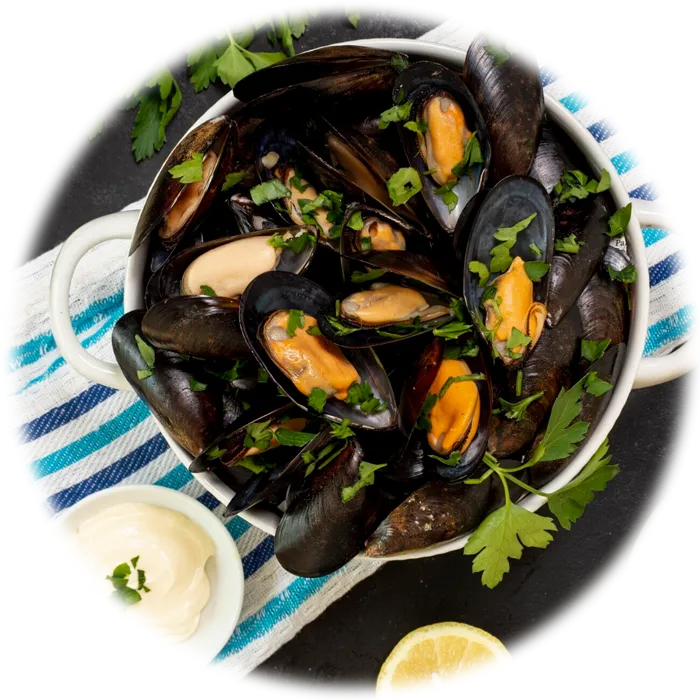 Clams, Mussels : 200 g
Clams, Mussels : 200 g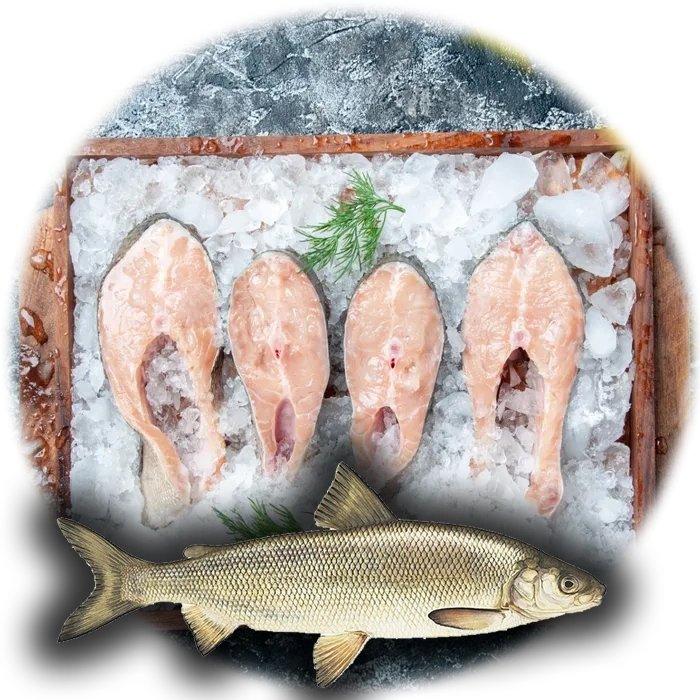 Whitefish Fillet : 150 g
Whitefish Fillet : 150 g Potato : 2 Tablespoon
Potato : 2 Tablespoon Onion : 1 Piece
Onion : 1 Piece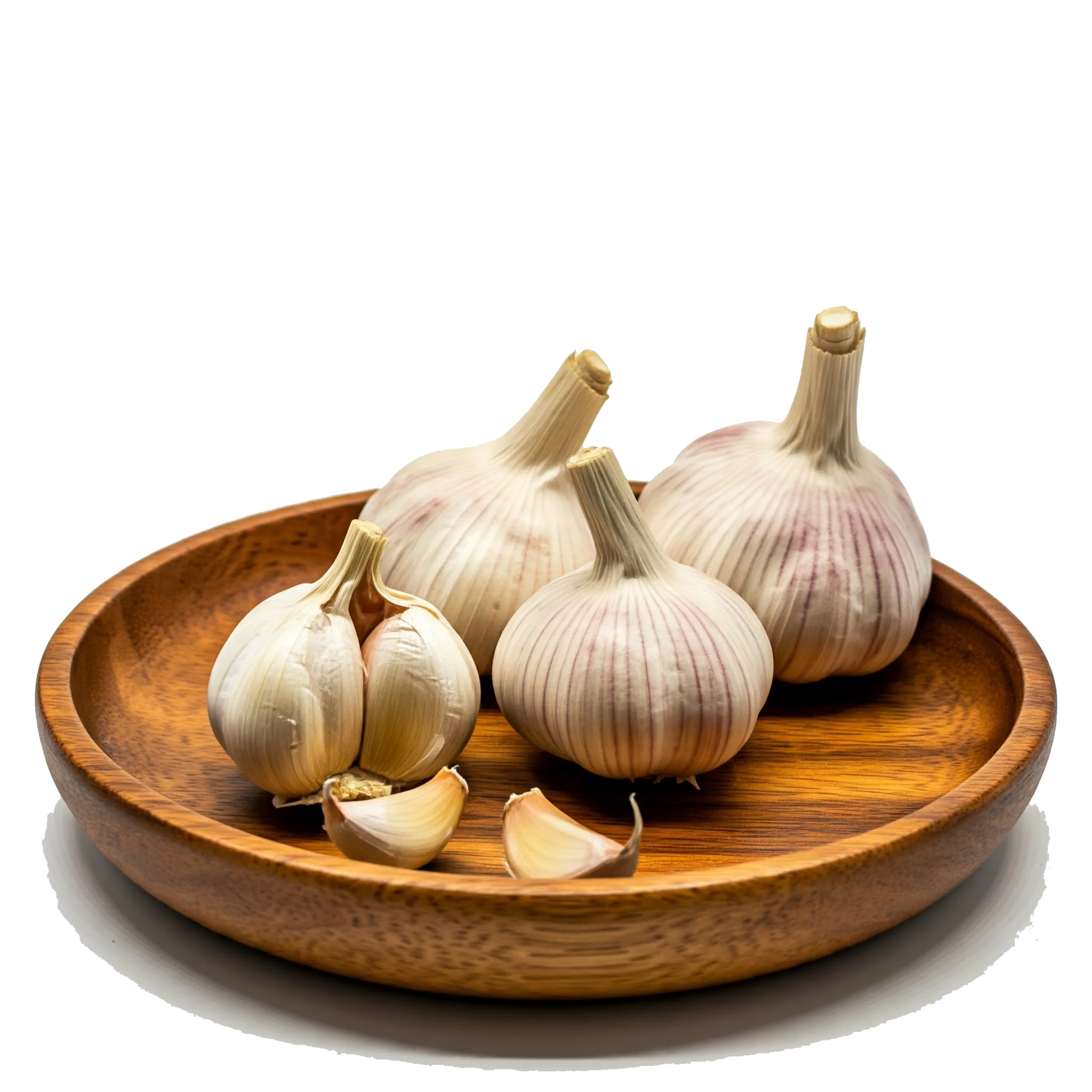 Garlic : 2 clove
Garlic : 2 clove Carrot : 1 Piece
Carrot : 1 Piece Wheat Flour : 2 Tablespoon
Wheat Flour : 2 Tablespoon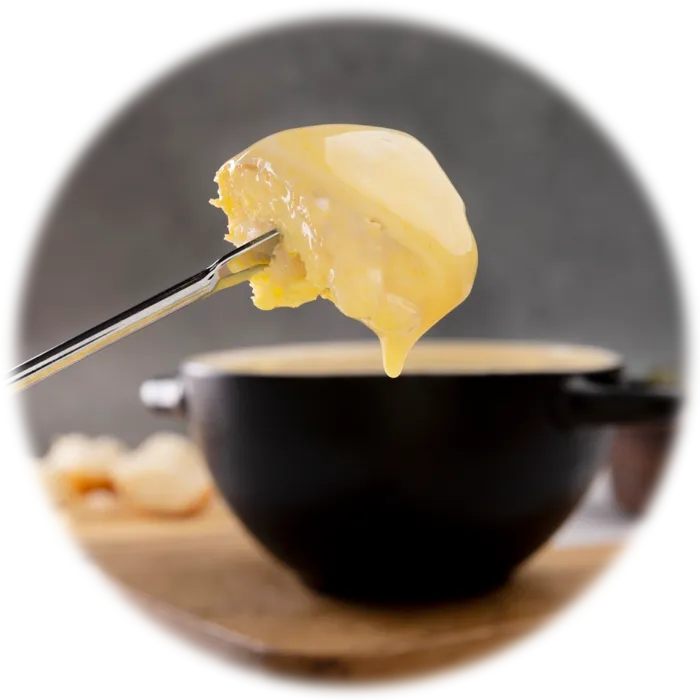 Unsalted Butter : 30 g
Unsalted Butter : 30 g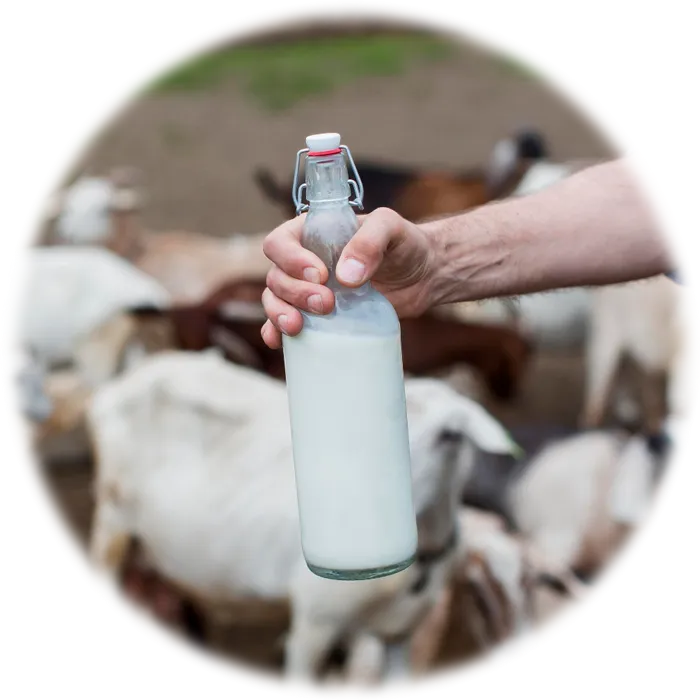 Goat Milk : 2 Cup
Goat Milk : 2 Cup Heavy Cream : 1 Cup
Heavy Cream : 1 Cup Broth : 2 Cup
Broth : 2 Cup bay leaf : 1 Piece
bay leaf : 1 Piece Parsley : 2 Tablespoon
Parsley : 2 Tablespoon Salt : as needed
Salt : as needed black pepper : to taste
black pepper : to taste Olive Oil : 2 Tablespoon
Olive Oil : 2 TablespoonRecipe :
Serves 4 people
Enjoy your creamy and comforting homemade seafood chowder!
When preparing seafood chowder, freshness and timing are crucial. Always use fresh or properly thawed seafood to ensure the best flavor and food safety. Overcooking the seafood can make it rubbery and ruin its delicate texture, so it's important to add shrimp, fish, and clams toward the end of the cooking process. When making the roux or creamy base, cook the flour thoroughly in the butter to eliminate the raw taste and prevent lumping. Be sure to gently simmer the chowder rather than boil it—this maintains a smooth texture and prevents dairy from curdling. Cutting the vegetables into even-sized pieces ensures consistent cooking, and seasoning in layers helps build a richer, more complex flavor profile. Letting the chowder rest for a few minutes after cooking allows the flavors to meld beautifully.
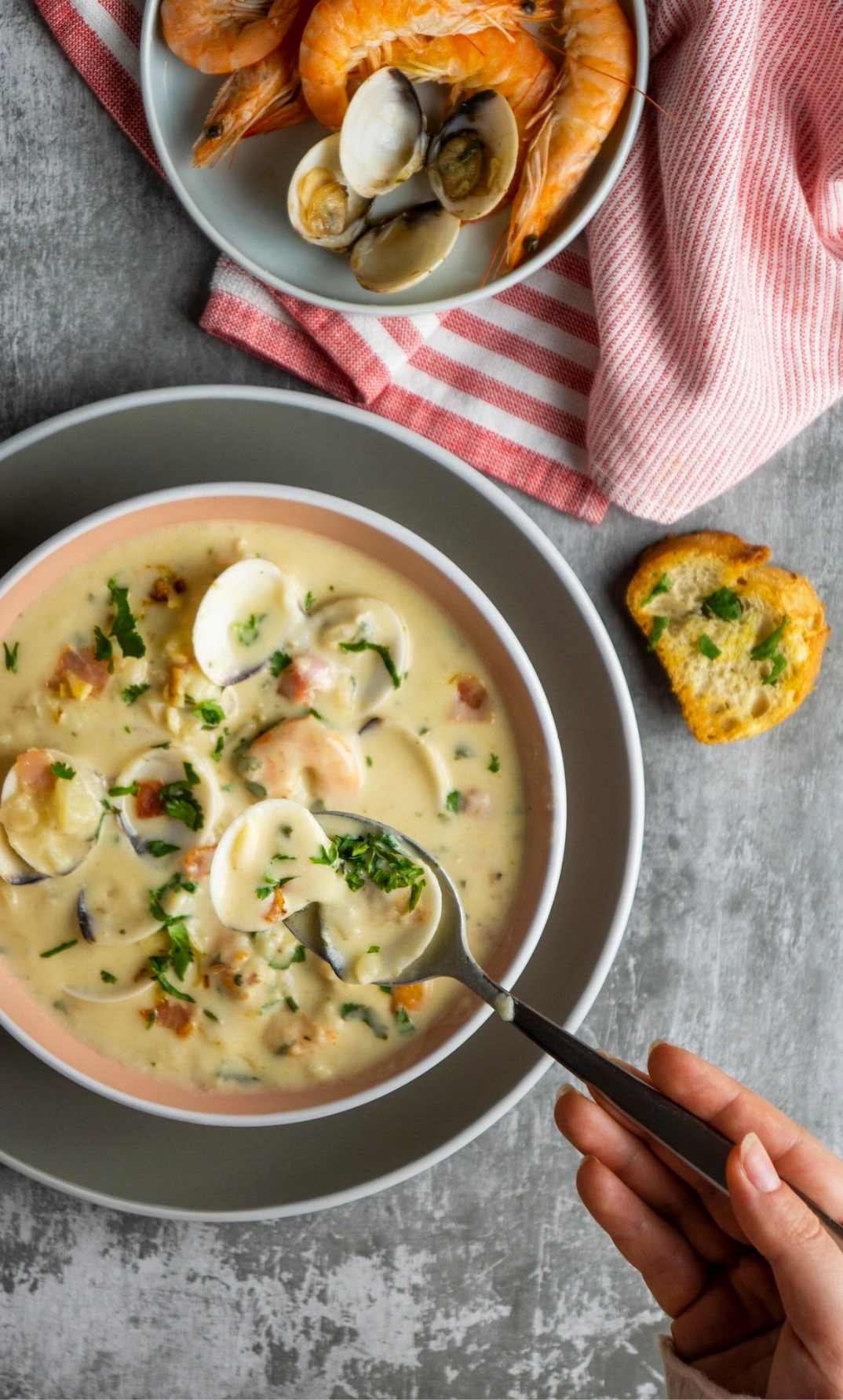
Seafood chowder, while nutrient-rich and satisfying, is not suitable for all dietary plans. It is not vegan or vegetarian due to its seafood content. It may also be unsuitable for strict paleo followers because of the inclusion of dairy and flour. Those on a gluten-free diet must use a gluten-free flour or thickener alternative (such as cornstarch or arrowroot) instead of traditional wheat flour. For individuals on a ketogenic or low-carb diet, the potatoes and flour-based roux may be too high in carbohydrates; however, these can be substituted with cauliflower and almond flour for a keto-friendly version. DASH and Mediterranean diets may embrace this dish in moderation if low-sodium broth is used and cream is limited. It aligns well with high-protein diets due to the seafood content, but it may not be suitable for low-calorie diets unless portion-controlled and modified to reduce fat content. Always tailor the ingredients to align with specific health goals or dietary restrictions.
ava (May 20, 2025, 9:36 a.m.) : This seafood chowder was incredibly rich and comforting—like a warm hug in a bowl! The combination of shrimp, clams, and white fish gave it great depth, and the creamy base was just the right texture—not too thick, not too thin. I’ve made a similar version with a splash of white wine and a dash of smoked paprika for extra complexity. It’s a fantastic winter meal.